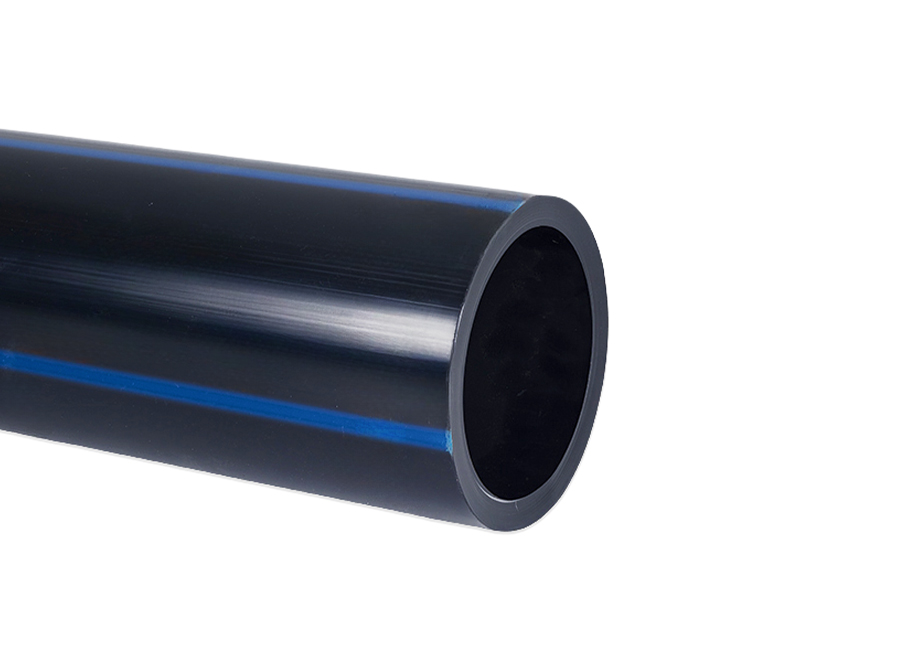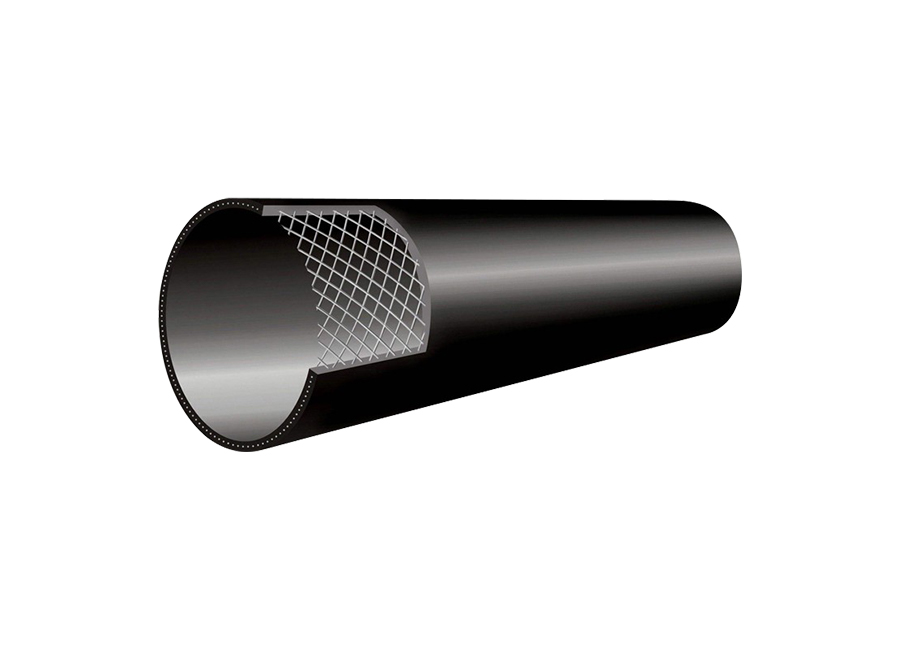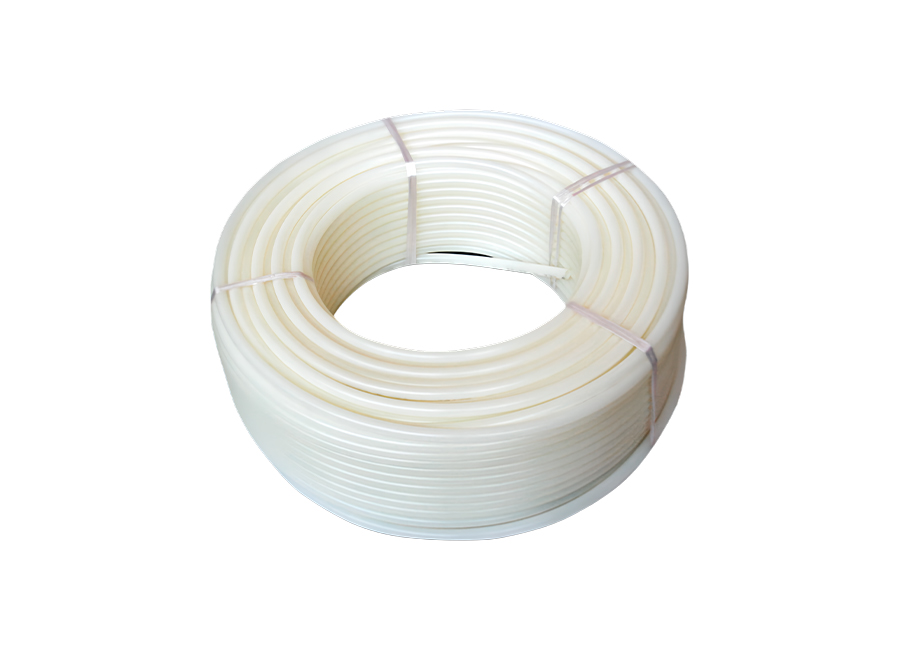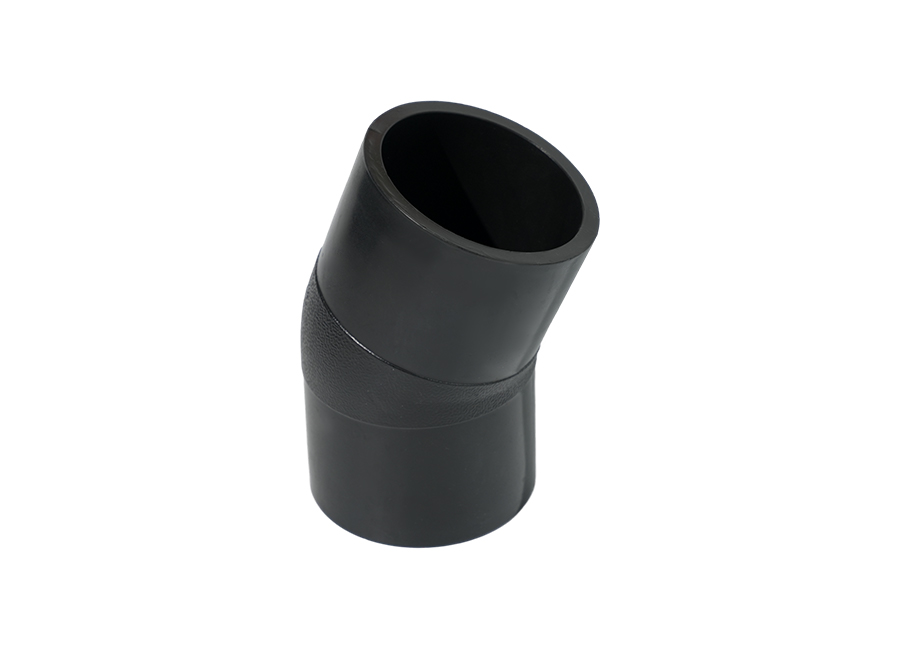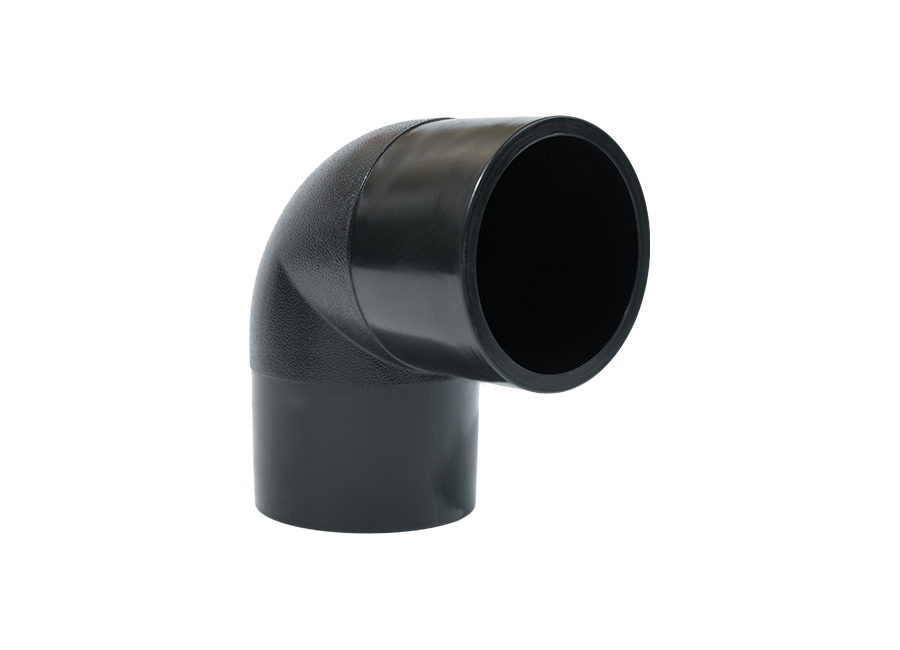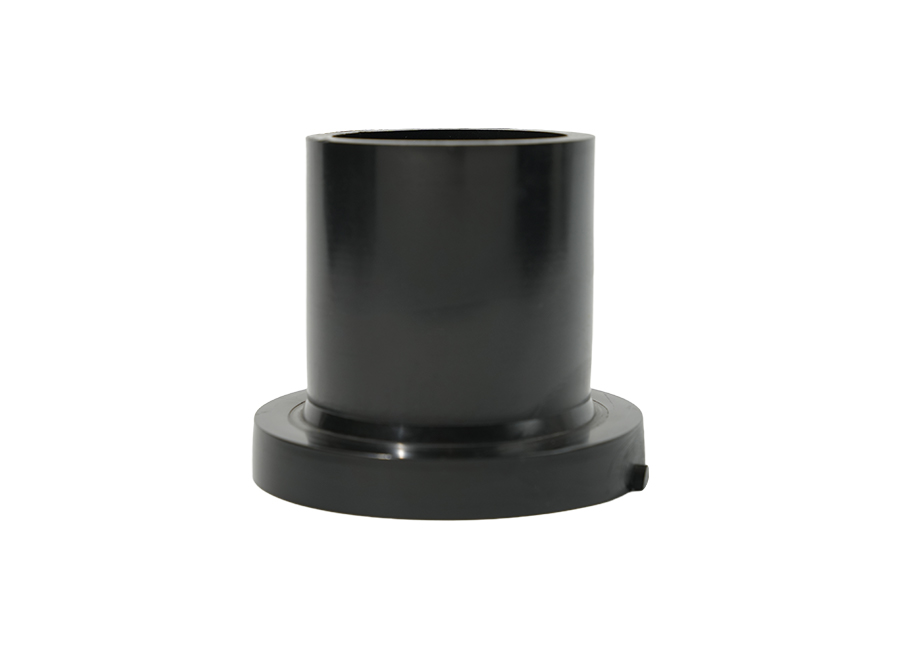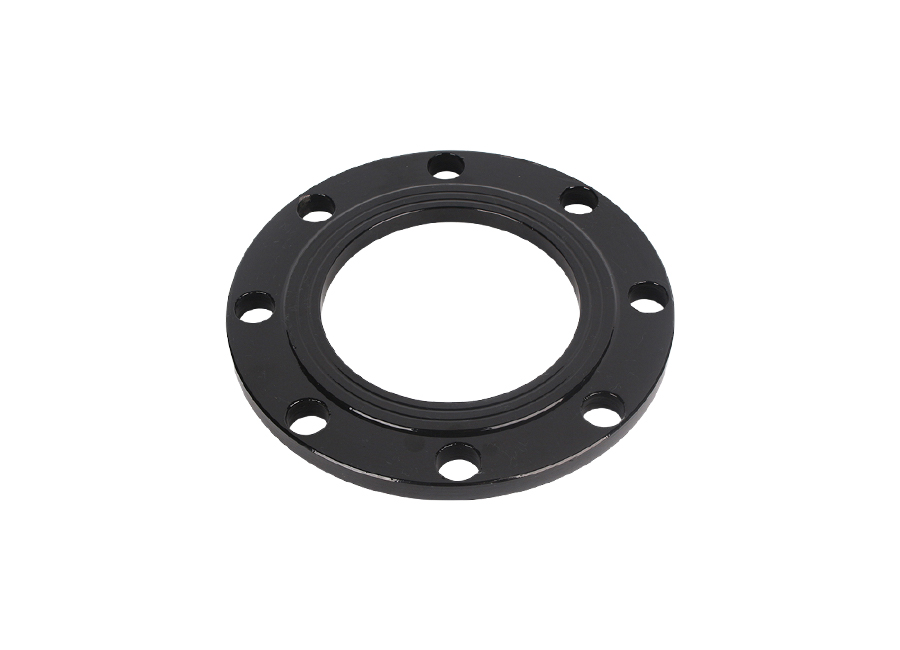PVC pipes are one of the most widely used and mainstream building drainage pipe materials in the world. Whether for home renovations or construction projects, they are the first choice for drainage systems.
Content
1. Advantages of PVC Pipes as Drainage Pipes
Excellent Corrosion Resistance: PVC pipes have extremely strong resistance to acids, alkalis, and most chemicals in domestic sewage and rainwater. Unlike metal pipes, they do not rust or corrode, which is the main reason they have replaced traditional cast iron pipes. Service life is over 50 years.
Low Flow Resistance and High Drainage Efficiency: The inner wall of the pipe is very smooth, with a low coefficient of friction. This means that impurities in sewage are less likely to adhere to the pipe wall, reducing the risk of blockages, ensuring smooth water flow, and high drainage efficiency.
Lightweight and Easy to Install: Much lighter than cast iron pipes, they are much easier to handle and install. Installation typically uses adhesive socket connections, which are simple and quick, eliminating the need for welding or threading like metal pipes, greatly reducing labor intensity and construction time.
Economical and Affordable: Raw material prices and installation costs are relatively low, offering excellent value for money.
Good Mechanical Properties:It possesses sufficient strength and rigidity to withstand the normal pressure and load of building drainage systems.
Not Prone to Bacterial Growth:The smooth inner wall does not provide a breeding ground for bacteria and microorganisms, making it more hygienic than some rougher pipe materials.

2. Disadvantages and Limitations to Note
Despite its many advantages, PVC pipes also have some inherent disadvantages that need to be considered in design and construction:
Poor Temperature Resistance
This is the most significant drawback of PVC pipes. Their Vicat softening temperature is typically around 80℃. Prolonged exposure to high-temperature hot water (above 60℃) can cause the pipes to soften and deform, affecting their strength and lifespan. Therefore, it is not suitable for connecting to high-temperature drainage sources such as boilers and steam equipment.
Impact Resistance Decreases at Low Temperatures
While PVC pipes have good toughness at room temperature, they become brittle at low temperatures, reducing their impact resistance and making them prone to breakage upon impact.
Poor Sound Insulation
Compared to heavy cast iron pipes, PVC pipes have thinner walls, making it easier for noise generated by water flow to be transmitted, resulting in relatively loud drainage noise. For locations requiring high noise levels (such as high-end hotels or near bedrooms), it may be necessary to choose special PVC pipes with better sound insulation (such as spiral silencers) or adopt noise-reducing construction techniques.
Poor UV resistance
Ordinary PVC-U pipes will age and become brittle under prolonged exposure to outdoor sunlight. When used for outdoor drainage, pipes with UV-resistant formulations should be selected, or sun-shielding protection measures should be taken.
3. Frequently Asked Questions (FAQ) about PVC Pipes
(1) What is a PVC pipe?
PVC is the abbreviation for polyvinyl chloride. PVC pipes are made of this plastic and have advantages such as corrosion resistance, light weight, low cost, and easy installation. They are widely used in building drainage, water supply, and electrical wiring.
(2) What are the common types of PVC pipes?
PVC-U pipe: Unplasticized polyvinyl chloride pipe, the most common type, mainly used in drainage systems and electrical conduits.
PVC-C pipe: Chlorinated polyvinyl chloride pipe, with better high-temperature resistance, suitable for hot water transportation and industrial pipelines.
PVC-M pipe: Modified polyvinyl chloride pipe, with stronger toughness and impact resistance.
Common colors: White and gray are the most common. White is mostly used for building drainage, and gray is mostly used for electrical wiring. Sometimes blue (for water supply) or other colors are used for differentiation.
(3) How do I choose the right PVC pipe for my project?
Building drainage: Choose PVC-U drainage pipes. Household cold water supply: PVC-U or PVC-C water supply pipes can be selected (must meet drinking water standards).
Household hot water supply: PVC-C pipes or other special hot water pipes (such as PP-R pipes) must be selected.
Electrical wiring: PVC electrical conduit should be selected, as its strength requirement is lower than that of drainage pipes.
Garden irrigation: Lower-priced PVC-U pressure pipes can be selected.
(4) What are the connection methods for PVC pipes?
Adhesive connection: The most common method, using special PVC glue, providing a strong connection and good sealing. Suitable for drainage and water supply pipes.
Elastic sealing ring connection: Utilizing a rubber ring for socket connection, quick installation and able to withstand a certain degree of expansion and contraction, commonly used for large-diameter pipes.
Threaded connection: Some PVC pipe fittings have threads, which can be used to connect with metal fittings.
(5) What to do if a PVC pipe is clogged?
You can use a drain cleaner (hand-cranked drain spring or electric drain cleaner) just like with metal pipes.
You can use chemical drain cleaners, but you should choose mild products suitable for plastic pipes to avoid damaging the pipes with strong corrosive agents.
For severe blockages, it may be necessary to disassemble a section of the pipe for cleaning.

 English
English 中文简体
中文简体 русский
русский عربى
عربى


